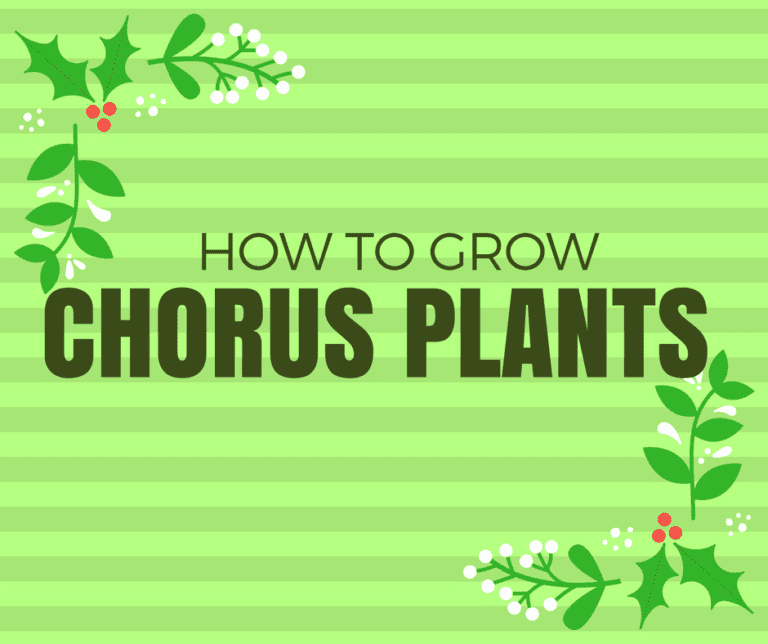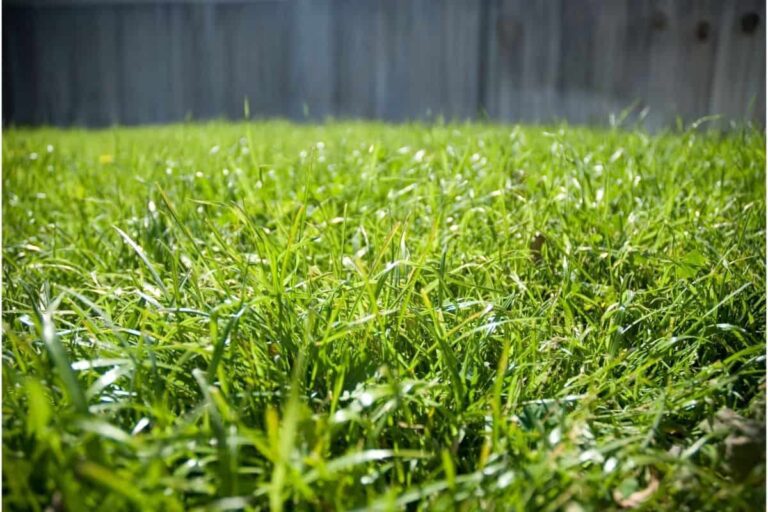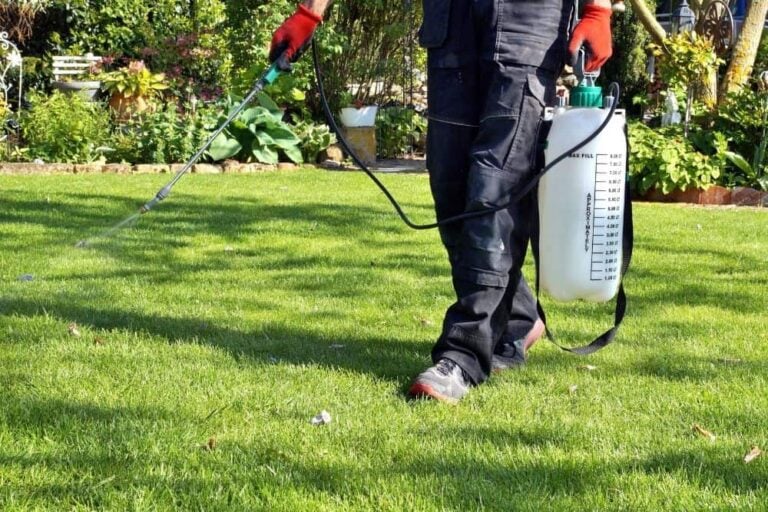Spruce Up Your Home with the Best Indoor Trees
Our recommendations for the best indoor trees are the Key Lime Tree and the Meyer Lemon Tree. We loved the idea of growing both of these fruits and thinking about the things we’d make if it produces. Even without fruit, they are gorgeous of themselves and have a lovely fresh scent. Continue reading to see our other recommendations for choosing an indoor tree.
Our Top Picks for the Best Indoor Trees
[wptb id="8218" not found ]What You Need to Know about Indoor Gardening
Indoor gardening is an entirely different game than growing plants outdoors. While you’re the assistant outside, you control the whole houseplant show inside. That means everything from sunlight to moisture to pest control. These are important things to consider since it will affect how successful you are with your indoor tree.
That said, you’re probably thinking that you want an easy-to-grow plant that is low maintenance. And we’d agree. Like outdoor plants, it boils down to a matter of matching the situation with the right plant. While many are familiar, a few thing stand out as stark differences from outdoor gardening.
Sun Exposure
Adequate sun exposure is one of your greatest challenges. Windows with an eastern exposure are a plus for indoor trees that prefer bright light because they provide direct morning sun. A southern exposure works too, but the temperature and light may vary. Of course, you can bypass the concerns by exposure. Plant lights will provide a reliable source of light than can fill in.
However, keep the height of your indoor tree in mind. It’s easy enough to put a light on a short plant. Big plants like a tall tree are another story. You should consider how a plant light might impact the activity in the rest of your house. These two factors together may help you decide on the right placement for your indoor tree.
Temperature
Many indoor trees are tropical plants. They live in areas with similar temperature ranges as most homes. That’s a definite perk if you want to grow plants that wouldn’t survive outdoors in your location. Think of it as an opportunity to grow something exotic.
Of course, there are exceptions. You might not be able to recreate the environment of some indoor trees. Therefore, your best chances for success with an indoor tree exist if they can tolerate your typical household room temperatures. Other factors also play a role.
Relative Humidity
Relative humidity is another condition that makes indoor gardening more challenging. A lot depends on your plants. Plants from warm, humid areas won’t thrive in homes with lower humidity. It becomes a major concern in northern regions that are drier during the winter months. As with sunlight, there are some workaround solutions.
A humidifier can boost humidity levels to ranges that are more comfortable for your indoor tree–and you. You can also try things like grouping your plants in one space. As plants transpire, they can fulfill each others’ needs for moisture.
You might also want to consider creating a mini rainforest. You can fill a shallow container of water and add some decorative rocks to make in an indoor feature. It can be your own personal oasis.
Water
You will need to water an indoor tree more frequently than one planted outdoors. Water moves freely in the soil, whereas its movement is restricted in a pot. Light, temperature, and container size will all affect how often and how much you should water. Another thing to consider is drainage when watering. Your planter must replicate the drainage patterns of soil to avoid pooling.
Fertilizing
Water and fertilizing are both tricky issues. Give it too much, and your indoor tree will suffer. Give it too little, well, you get it. You’ll need to know what that happy medium is for your indoor tree. Several things can influence how often to fertilize.
First, there are the plant’s particular needs. Some are heavy feeders and others, not so much. The amount of potting soil also plays a role since you’re trying to recreate a concentration of nutrients.
This video from the University of Wyoming Extension shows the proper way to fertilize your indoor plants.
The amount of light your indoor tree gets factors into the mix as well. A plant that receives a lot of light is actively undergoing photosynthesis. It will need the nutrients from its soil to support new growth. A plant that is in flower or producing fruit will also need extra nutrients.
Soil Mixtures
Of all the factor involved in keeping indoor trees healthy, soil mixture is the easiest one. Outdoors, you may need to deal with less than ideal conditions without amending it some way. With an indoor tree, you can pick the right mixture based on your plant’s specific needs. Right from the start, you can create a solid foundation for a healthy plant.
Size
Another consideration is size, especially for trees that you’ll move outdoors in the summer. It’s one thing to have a tree indoors, but it’s another thing entirely to try to move a 10-foot tree inside and out. Remember that when you choose a container as well. A lightweight pot will save your back.
What to Look for in an Indoor Tree
Common sense will dictate many of the things you need to look for when picking a plant. First, the plant should appear healthy and vigorous. If it doesn’t look good then, the stress of moving will surely take a toll. You should avoid plants with damage or discolored foliage. Many nurseries and garden centers offer guarantees on their plants for added peace of mind.
Our Recommendations: Key Lime Tree and Meyer Lemon Tree
Our search for the best indoor tree revealed a plethora of choices. There were the common ones we’re used to seeing. Dwarf varieties and cultivars added variety to the mix of options. We narrowed our picks to those that would give us the chance to grow something new. We liked the idea of bringing a tropical plant indoors.
The Key Lime Tree stood out as a plant that is easy to grow and one we could put outside if temperatures allow. The tree has many attractive features that make it a pretty indoor tree and a welcome addition to the home. We liked its dark green foliage that provides a nice backdrop to its beautiful white flowers. Its pleasant scent was a pleasant perk. At 6 to 8 feet, it grows to a manageable size.
The Meyer Lemon Tree makes an excellent choice for an indoor tree that can come outside to enjoy a sunny patio. Unlike the key lime tree, the Meyer Lemon Tree prefers warmer locales. It is a good-looking tree with an equally nice scent that could brighten any room. The fact that you may get some tasty lemons from it is certainly a plus in our book.
Having a tropical plant inside gives you the chance to choose something on the exotic side. Growing an indoor tree is easy as long as you meet its needs for light, moisture, and nutrients. Think of it as a kind of fun challenge to create your own mini Garden of Eden.
Photo by monikabaechler licensed under CC0.





